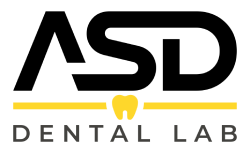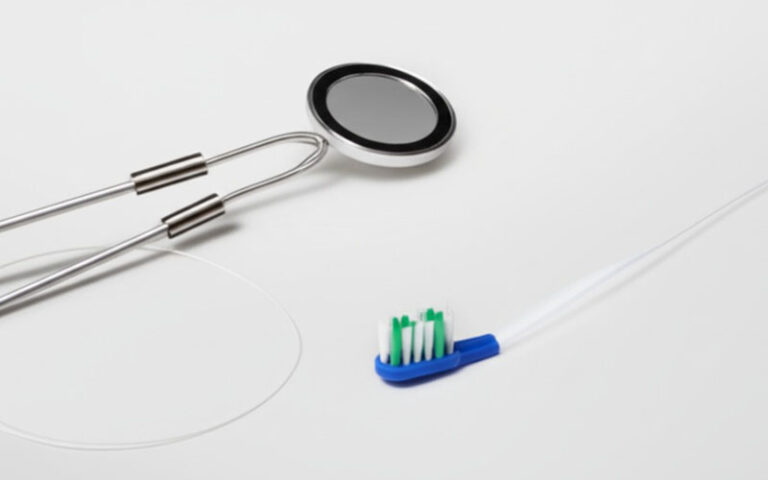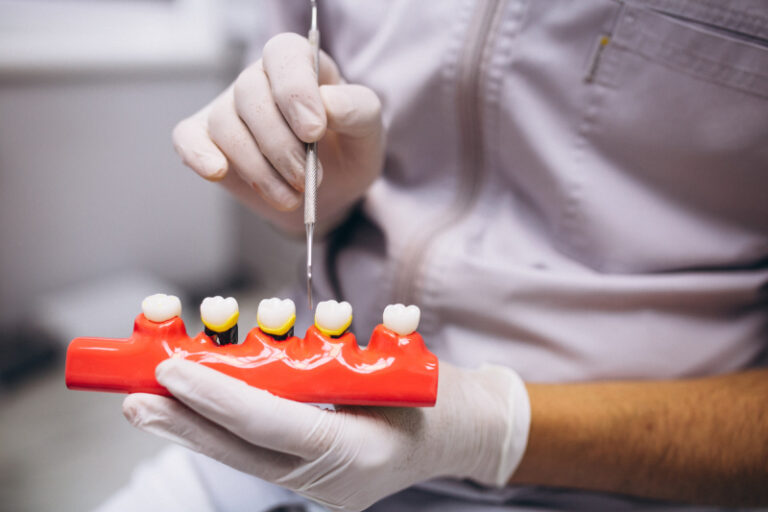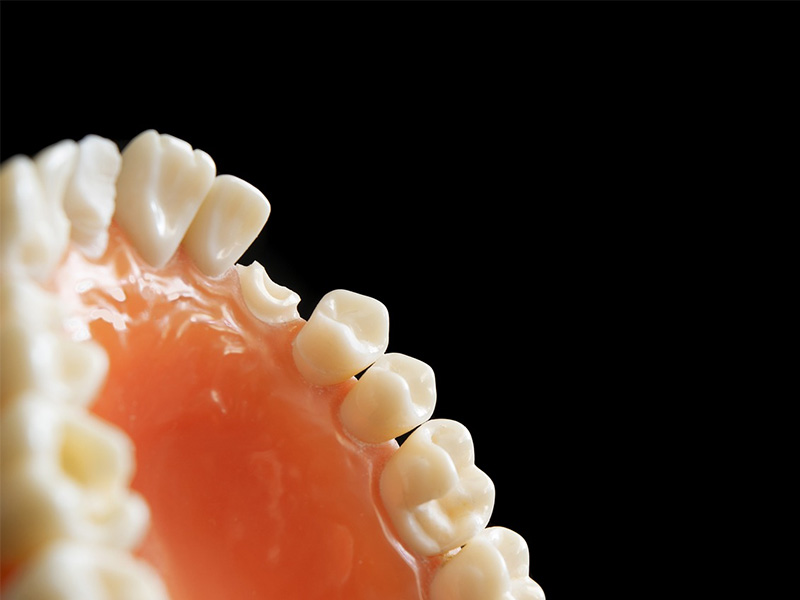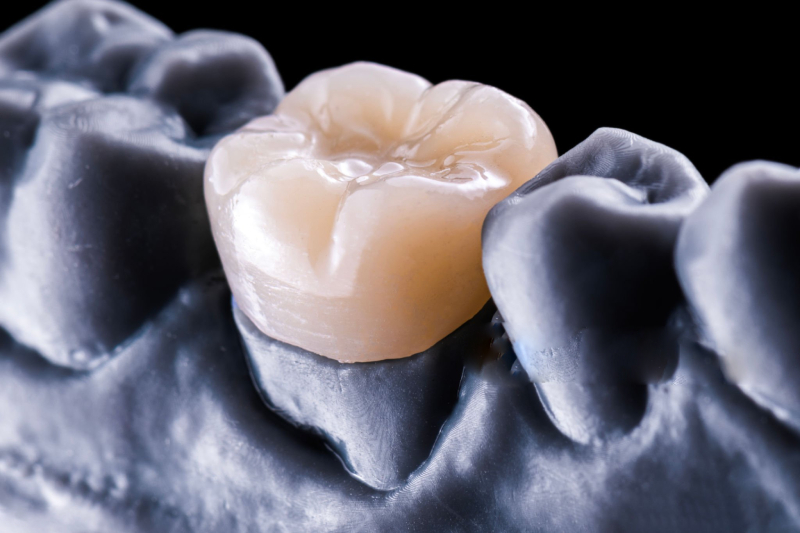
Dental Implants with Bone Loss: Simple Solutions
By someone who’s been there and helped others get through it too.
Table of Contents
Introduction
Ever sat across from a dentist and heard, “Sorry, you don’t have enough bone left for implants”? I have—not only as a patient, but as the person walking beside others in Maryland through that tough talk. If you left that visit feeling upset or stuck, you’re definitely not the only one. But good news: dental implants are still a real option for most people, even if bone loss feels impossible to overcome.
When I first looked into dental implants for folks with serious bone loss, the world of these treatments felt confusing and out of reach. Over the years, though, talking with the best gum doctors, surgeons, and smile experts around Maryland, I learned that new technology and real teamwork have changed the story. Now, people who thought they’d never smile with confidence again get a second shot.
Here’s what I found out: with the right plan, the right people, and good tools, you probably have more paths to a fresh start than you thought.
Understanding Why Jawbone Loss Happens
If you’re reading this, you might already know that missing teeth mean the jawbone under them gets weaker. But let me put it how I explain it to Marylanders (and their worried family members) all the time.
When a tooth is gone, that spot in your jaw stops feeling pressure from chewing. It’s the classic “use it or lose it.” No pressure? No signals. The bone starts to shrink away. Sometimes this can happen shockingly fast—especially in the year after a tooth comes out.
The reasons for jawbone loss I’ve seen most are:
- Tooth pulled but not replaced: If you leave the empty spot, the bone begins to fade away.
- Serious gum disease: Infection eats away at the bone holding in your teeth.
- Injury or accidents: Sometimes a hit or fall messes up the bone itself.
- Dentures sitting on the gums: Regular dentures just don’t work the bone like real roots (or implants) do.
- Health problems: Things like osteoporosis or some genetic problems speed up bone loss.
Even people who’ve worn dentures for decades—who thought nothing could help—can get real answers thanks to today’s progress.
The Key to Success: Advanced 3D Scans (CBCT Scans)
Let me give you a common story: someone comes into a dental office in Maryland, gets the old-fashioned X-ray, then leaves bummed because it “doesn’t look hopeful.” That was me, once! But what I found out was: regular X-rays just don’t show enough detail when you need answers about bone loss.
What changed everything for me—and for every happy implant patient I’ve seen—was using Cone Beam Computed Tomography (CBCT). Fancy words, but here’s how I describe it: it’s like going from a blurry black-and-white picture to a sharp 3D image.
With CBCT, my dental team could see bone height, width, and thickness all over—accurate down to tiny slices. They could spot tricky areas for implants, and see if a sinus lift or bone graft might be needed.
Truly, if your dentist isn’t using CBCT, you’re not getting the safest, clearest care. It’s the most important first move before starting anything with bone loss and implants—at least, that’s true in my story.
Solutions for Dental Implants with Bone Loss
Here’s where my own path got interesting. People often think “bone loss = no implants ever.” The truth? There’s more than one way to fix this—or even to avoid fixing the bone at all.
Bone Grafting – Building Up Your Jawbone
What it is
Bone grafting is like fixing the floor before you build a new wall. In the mouth, it means adding bone—sometimes from your own body, sometimes donated, sometimes made in a lab—to hold implants tightly.
Types of bone grafts I’ve run into in Maryland
Sinus Lift:
If the upper back part of your mouth doesn’t have enough bone, this is often the fix. It means raising the sinus up and stuffing some bone in. The first time I heard it, I pictured something huge, but most times it’s simple, done with numbing and a little medicine to relax you, and it works great.
Ridge Build-Up:
If the top “crest” of your jaw is too skinny or too short, your dentist can make it thicker and taller right where you need.
Socket Saving:
Right after pulling a tooth, the empty hole quickly falls in. Filling the hole with bone graft material stops that shrinking. Looking back, I wish I knew about socket preservation when I lost my first big molar!
Materials
- Autograft: Your own bone, usually from your jaw or hip.
- Allograft: Safe human donor bone.
- Xenograft: Usually cow bone.
- Alloplastic: Bone made in a lab.
What worked for me depended on how much bone we needed and how fast I hoped to get my new tooth.
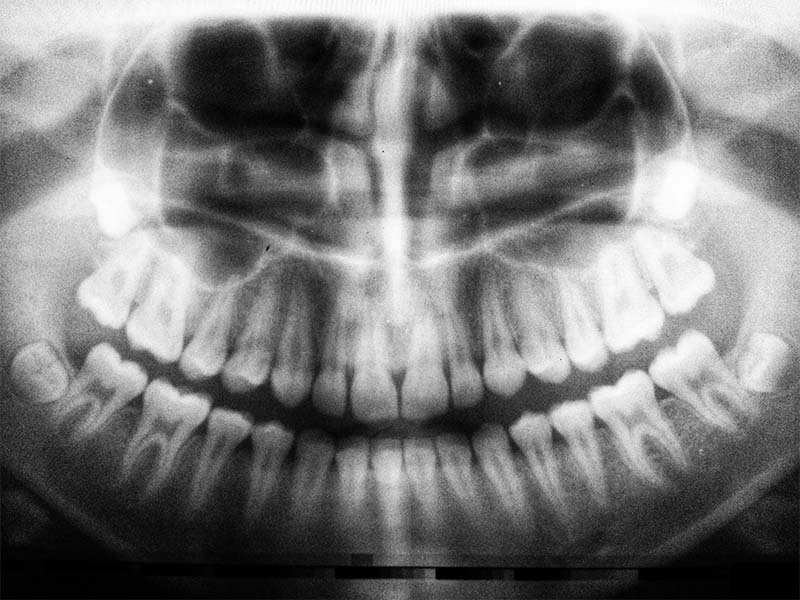
Zygomatic Implants – The No-Graft Fix for Major Upper Jaw Bone Loss
If your upper jaw shrunk so much that bone grafts sound like a long journey, here’s some good news: zygomatic implants. A friend of mine thought she’d never get her teeth and smile back, but these changed her world.
What they are
Instead of putting the implant in the jaw itself, a skilled surgeon places extra-long implants into your cheekbone, which usually stays strong even if your jaw doesn’t.
Who they help
People like my friend who lost most or all their upper teeth, wore dentures forever, and were told to give up hope? These implants might be exactly right.
Main upsides
- No waiting months and months for bone grafts to heal.
- Many times, you get a full set of new teeth (temporary) the same day.
- Success is really high—if you go to a Maryland surgeon who does these all the time.
All-on-4® – Making the Most of the Bone You’ve Got
Here’s an option I’ve seen give people their life back, especially if you’ve lost a bunch of teeth but still have some good bone up front.
How it works
The All-on-4® uses four well-placed implants. Two go straight, two in back are set at an angle, grabbing the best bone and skipping trouble spots. It’s like bracing a table with the strongest legs in just the right places.
Who it’s good for
If you need a whole row of teeth replaced but have some, not a lot, of bone left in front, All-on-4® might be right for you.
Main upsides
- Most times, you can skip bone grafts or sinus lifts.
- Teeth fast: I’ve literally seen people go from no teeth to a full smile in hours.
- Feels steady enough to eat, talk, or laugh again.
Picking the Right Implant Expert in Maryland
I learned the hard way that this is the most important piece. At first, I tried the “all dentists are the same” plan. Bad idea! For tricky cases, you want an expert team. Here’s what the best in Maryland have taught me.
The Team Effort
Imagine building a house. You want the best for every part—the guy for the ground, the person for the walls, and another for the design.
- Periodontist: Gum and bone expert; really good at fixing gum disease and growing back bone.
- Oral & Maxillofacial Surgeon: Called in for the big jobs—zygomatic implants, sinus lifts, big rebuilds. If your case is tough, they’re the ones.
- Prosthodontist: When the base is ready, the prosthodontist makes the teeth themselves—crowns, bridges, or dentures that look like real teeth.
Questions I Always Tell People to Ask
- Do you use CBCT scans for every bone-loss case?
- How many cases like mine have you done? Can I see before-and-after pictures?
- Are you board-certified? (Check the American Academy of Periodontology or Oral Surgeon groups.)
- Do you offer sedation? (Some folks, like me, really want this.)
- What types of bone grafts and implants do you use? (I like offices that don’t only use one thing.)
Don’t be afraid to get a second opinion. Many dental centers in Maryland will welcome it.
What Happens, How Long It Takes, and What It Costs in Maryland
Having gone through it myself, I’ll be honest: patience matters almost as much as skill. Here’s a simple step-by-step:
Step-by-Step
- Consult and 3D Scan: You start here. The office takes a CBCT scan to see what’s going on.
- Plan It Out: The whole team looks at your scan, history, and what you want most, then builds your custom plan.
- Surgery: You might get a bone graft or a sinus lift (if you need it), then the implant put in. Sometimes both are combined, often it happens in stages.
- Healing Time: Bone and implant need to “join up”—called osseointegration. It’s like planting a sapling and letting the roots grow strong.
- Get Your Final Teeth: Once you’re healed, you get your new, permanent teeth.
Timeline
Be ready—this whole thing can take a while, but it’s totally worth it. If you need bone grafts, healing often adds 4–9 months before you can go further. Zygomatic implants or All-on-4® can mean a much shorter wait. Sometimes, you can get new teeth right at surgery.
Cost and Paying for It
Prices are all over the map because:
- What kind of bone graft (or none)
- How many implants you get
- How tough or simple the case is (zygomatic? sinus lift?)
- Type of implant (titanium? ceramic?)
- Sedation costs
Dental insurance won’t cover it all, but many Maryland centers offer payment plans, help with grants, or let you space out treatment.
Frequently Asked Questions (FAQ)
Does a bone graft hurt a lot?
Honestly, with today’s drugs and care, most folks say the pain’s less than having a tooth pulled. You’ll get medicine for swelling, and the worst of it’s over in a few days.
Do bone grafts and implants usually work?
The numbers (and what I see) show bone grafts work over 90% of the time. Implants in rebuilt bone? They last in the high 80–90% (or better) over ten years.
Can I get implants if I have osteoporosis?
Yes. You’ll want a careful workup and have your doctor involved, but with new options and careful planning, you’re not ruled out.
How much does a sinus lift cost in Maryland?
Depending on how tricky it is, what type of bone is used, and if you want sedation, I’ve seen prices go from about $2,000 to $5,000 for each area—sometimes more. Ask for a clear estimate upfront.
Am I too old for implants if my bone’s thin?
No, you’re not. I’ve met plenty of Marylanders in their 70s and 80s who got them just fine. If you’re healthy enough for simple surgery, your age doesn’t block you.

At-a-Glance Table: All the Options
| Solution | Bone Grafting (Sinus Lift/Ridge Build-Up) | Zygomatic Implants | All-on-4® |
|---|---|---|---|
| Use | Not enough bone for normal implants | Bad loss in upper jaw | Full set of teeth, some bone left |
| Graft Needed? | Yes | No | Often No |
| How Long? | 6–12+ months | 1–4 months | 1–6 months |
| Success Rate | 85–95% | 96–98% | 95–98% |
| Upside | Grows bone back | Skips graft, instant teeth | Fast, steady, can skip graft |
| Downside | Slow healing | Needs an expert | Must have some good front bone |
(Stats: Journal of Oral and Maxillofacial Surgery and AAOMS)
Wrap-Up & Call to Action
Looking back, after all the people I’ve helped—and my own experience—the biggest thing I’ve learned is this: Bone loss doesn’t mean you’re out of chances. It just means you need the right folks, a clear plan, and some patience. With today’s gear and know-how in Maryland, these fixes are real. Even when you think there’s no hope, you can get your smile and your bite back.
